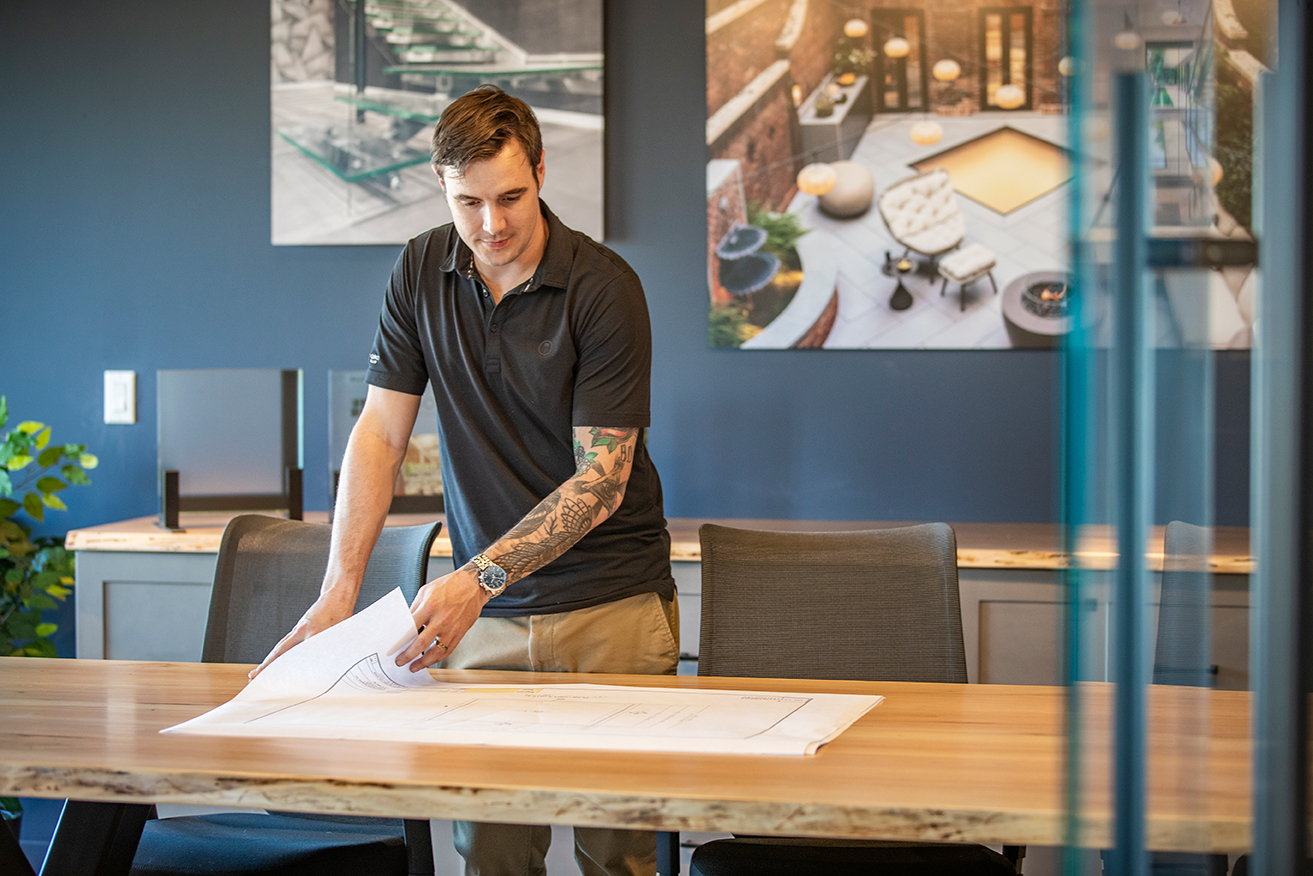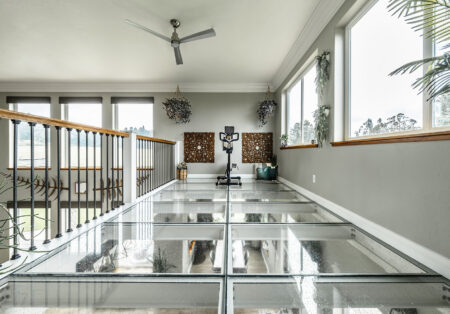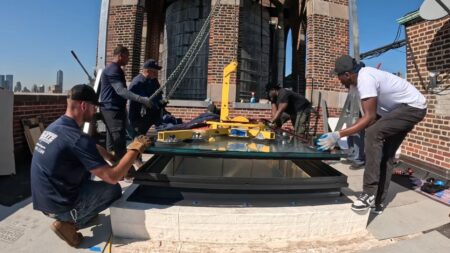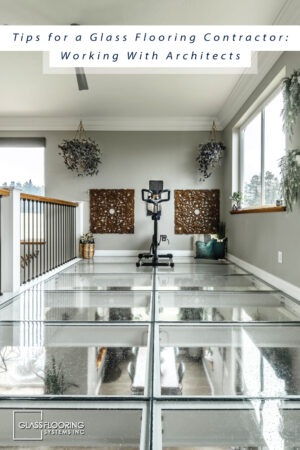
For any flooring contractor, collaborating with an architect can make or break a high-end project—especially when glass flooring is involved. Architects are balancing aesthetics, structural demands, and client expectations. Meanwhile, you’re focused on product specifications, installation requirements, and long-term performance. The most successful contractors know how to bridge that gap. When you understand how to work effectively with architects, you not only deliver a better result—you also earn repeat business and referrals.
Align on Project Goals Early

Architects are vision-driven. They start with the big picture and count on trades like flooring contractors to help refine the technical details. If you’re brought into a project during design development, use that time to ask clarifying questions: What’s the structural support? What’s underneath the glass floor? Is there a lighting plan? The sooner you understand the full design intent, the smoother your installation phase will be.
Present Realistic Options Backed by Engineering

Architects love possibilities, but they also appreciate clear boundaries. If a particular glass flooring application isn’t viable due to span, load, or code requirements, explain why—and offer alternatives. Structural laminated glass, for instance, offers flexibility, but you’ll need to verify site-specific requirements. When you come to the table with sound options and data, architects see you as a partner, not just a vendor.
Address Slip Resistance Proactively
Slip resistant flooring is essential. Whether you’re installing new glass flooring or walkable skylights in your home or business, it’s critical to give careful consideration to the safety of your chosen walkable glass surface. Rather than waiting for an architect to raise concerns about safety, take the lead. Recommend non slip floor solutions such as frit patterns, acid-etched finishes, or specialized coatings. This helps architects stay within aesthetic goals while still meeting safety expectations—boosting your reputation for foresight and professionalism.
At Glass Flooring Systems, we use only tested anti-slip glass floor surface textures and have the largest variety of anti-slip texture options in the industry to meet your aesthetic and safety.
Bring Samples and Technical Specs to Design Meetings

Never underestimate the power of visual and tactile materials. If the architect or client hasn’t seen a sample of the glass flooring system, bring one to the next meeting. Having technical specs, span tables, or mock-ups on hand makes it easier for architects to spec your product confidently—and harder for competitors to undercut you with generic alternatives.
Plan for Install Logistics Early

Architects plan for what they can see. Flooring contractors are expected to think through everything else—staging areas, crane access, dry times, and more. If the job involves installing oversized structural panels on an upper floor, spell out what that process looks like in detail. The more you help anticipate and resolve those challenges, the more likely the architect is to see you as indispensable on future projects.

Glass flooring is a specialty product—and that means the flooring contractor plays a critical role in every successful installation. By partnering closely with architects, sharing expert insight, and communicating early and often, you strengthen both the relationship and the outcome. That kind of professionalism not only elevates the project—it elevates your brand.
.png)




